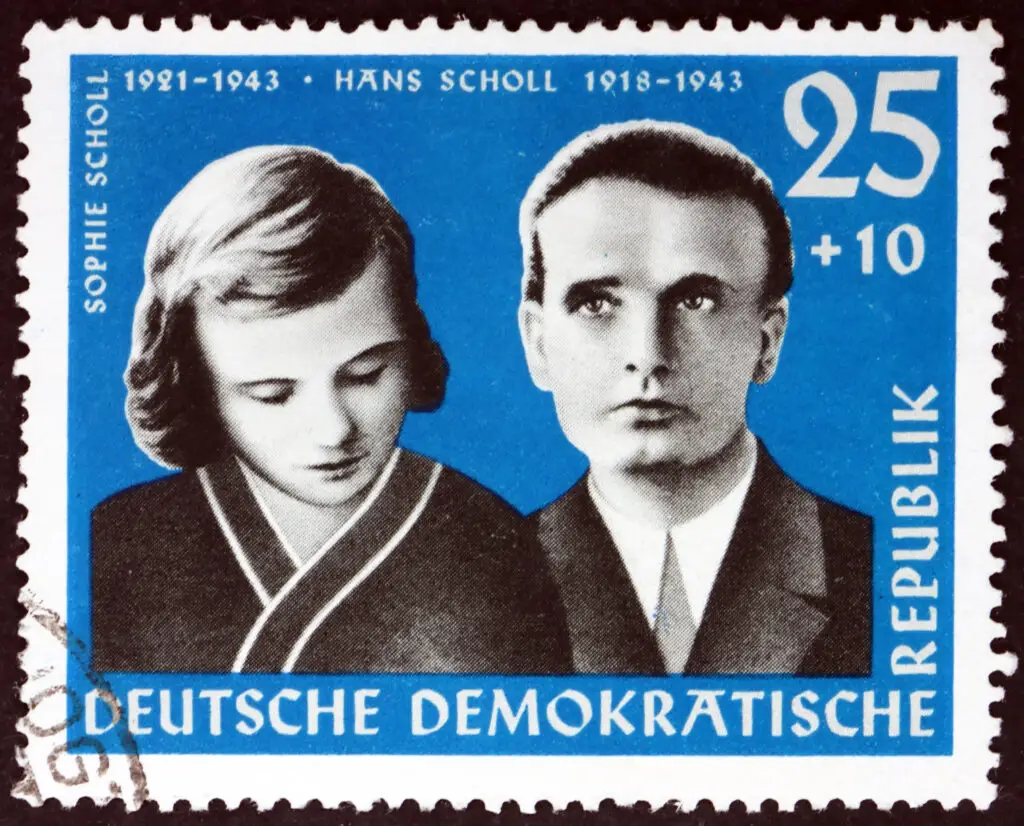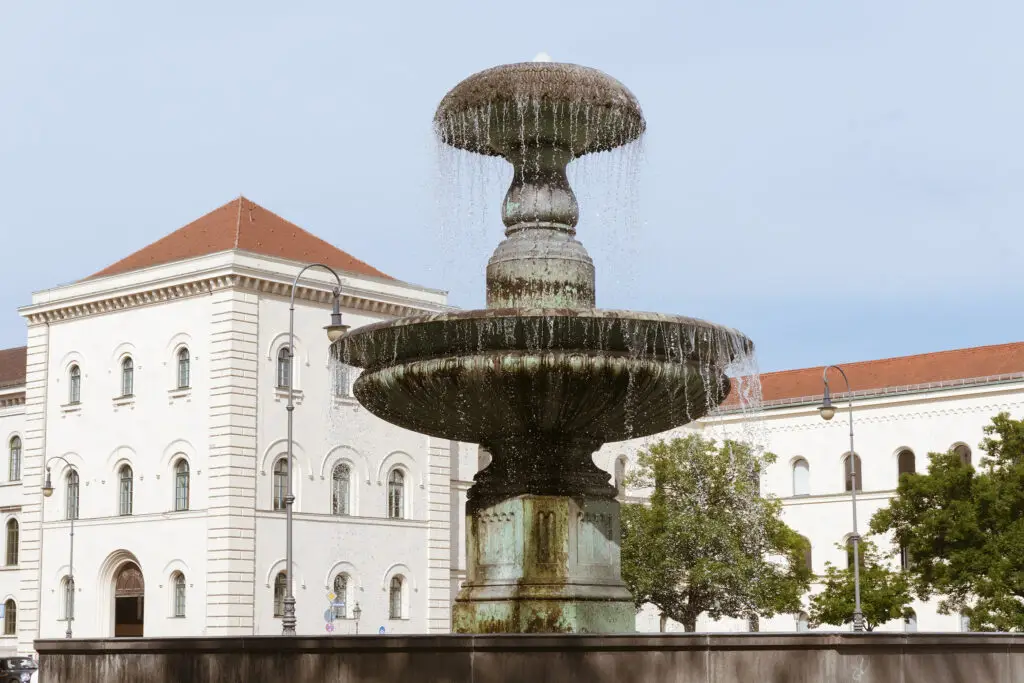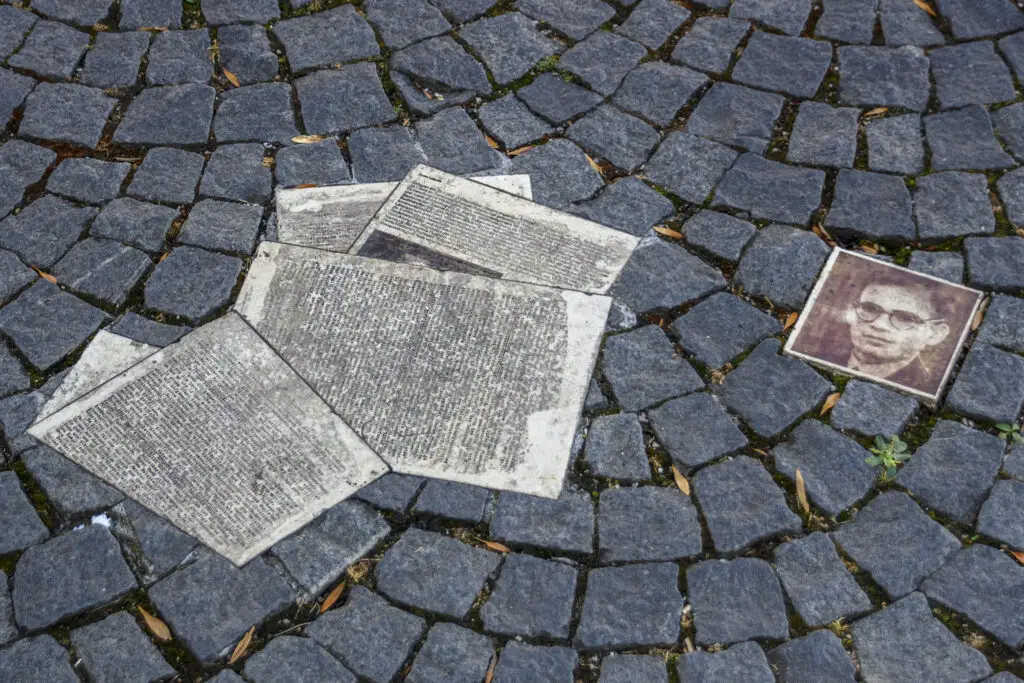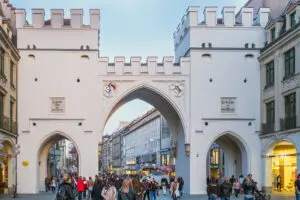In the very heart of Munich lies one of the most powerful and sobering stories in modern German history. It is not a tale of grand monuments or military battles, but of moral courage, civil resistance, and personal responsibility. Here, Hans and Sophie Scholl, together with their companions in the White Rose (Weiße Rose) movement, chose conscience over conformity—knowing the price could be their lives.
Their legacy remains deeply woven into Munich’s urban fabric and continues to speak to visitors today.

General Information
The story of the Geschwister Scholl is closely tied to central Munich, particularly the university district.
- Key location: Ludwig Maximilian University (LMU), Munich
- Main themes: Civil courage, non-violent resistance, moral responsibility
- Accessibility: Public spaces and memorials are freely accessible
- Best combined with: NS Documentation Center, Kunstareal district
This is not a single monument, but a reflective journey through places where history unfolded.

Historical Background: The White Rose
Hans and Sophie Scholl were students at Ludwig Maximilian University during the Nazi dictatorship. Like many of their generation, they initially participated in state youth organizations. Over time, influenced by philosophy, faith, literature, and firsthand experiences of war, they became deeply critical of the regime.
Between 1942 and 1943, they formed the White Rose, a small, non-violent resistance group that produced and distributed leaflets calling for freedom, justice, and individual moral responsibility. These texts directly challenged the Nazi regime at a time when open opposition was extraordinarily dangerous.
On February 18, 1943, Hans and Sophie were arrested after distributing leaflets inside LMU. After a swift show trial, both were executed by guillotine just four days later.
Hans was 24 years old. Sophie was 21.
Their actions did not end the dictatorship—but they left behind words and examples that continue to resonate.

Ludwig Maximilian University: Where History Was Made
The central site of the White Rose story is LMU Munich itself.
In the university’s atrium, visitors encounter a striking memorial: stone replicas of the White Rose leaflets embedded into the floor, capturing the moment they scattered across the hall.
Nearby, the White Rose Memorial Room presents original documents, photographs, and personal accounts. Together, these elements offer an intimate and moving insight into the students’ resistance and the risks they accepted.
Sophie-Scholl-Platz: A Place of Reflection
Directly in front of the university lies Sophie-Scholl-Platz, named in her honor.
Today, students gather here to read, talk, and study—quietly embodying the freedom Hans and Sophie envisioned. The square is understated, but deeply symbolic: a reminder that liberty is lived in everyday moments, not only commemorated in history books.
Context and Deeper Understanding
For visitors seeking broader historical context, several nearby institutions complement the White Rose sites:
- NS Documentation Center Munich: Explores the history of National Socialism, resistance, and daily life under dictatorship
- White Rose Foundation: Dedicated to preserving the memory and educational legacy of the group
- Kunstareal: A cultural district where art, history, and memory intersect
Together, these locations frame the White Rose not as an isolated act, but as part of a wider moral landscape.
Why This Story Matters
The story of the Geschwister Scholl is not about heroism in the traditional sense. It is about ordinary individuals who refused to remain silent, even when silence would have been safer.
Their resistance raises timeless questions:
- What is our responsibility in the face of injustice?
- When does obedience become complicity?
- How much courage does it take to speak the truth?
One of the White Rose leaflets declared simply:
“We will not be silent.”
That sentence continues to challenge each new generation.
Good to Know
Best time to visit: Weekdays for a calmer atmosphere
Tone: Quiet, reflective, and respectful
Time needed: 30–60 minutes for key sites
Accessibility: All major memorials are at street level
Photography: Permitted in public areas; observe guidelines indoors
Final Thoughts
The story of the Geschwister Scholl reveals a side of Munich that is thoughtful, human, and morally engaged. It is a reminder that history is shaped not only by power, but by conscience.
At VisitBavaria, we consider this journey essential for travelers who believe that understanding a place also means understanding the values it has wrestled with—and the voices that dared to speak when silence prevailed.on.



